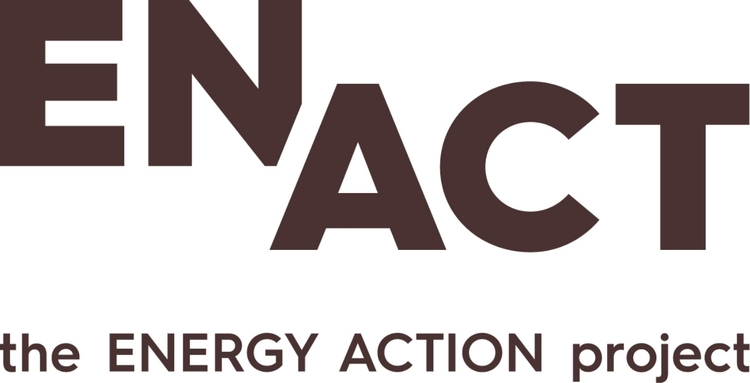Water and Laundry
Water heating and use of water account for the second-largest share (18%) of energy consumption in the average European household.
Many recent innovations make it easy to dramatically reduce the energy needed to do laundry or wash dishes, or to shower or bathe. Taking basic steps to reduce water use is also vitally important.
Water & Laundry Tips
X
Daily water use per person varies widely in Europe – from a low of about 80 litres per day (L/d) in Lithuania to more than three times that volume (260 L/d) in Spain. Adopting simple measures can help every household cut back.
Faucets and pipes
- Check for leaks: monitor your water meter for a period of two hours when you know that no water is being used. If it changes, you'll know there's a leak: investigate where.
- Fix the leaks: the steady drip from a worn-out faucet washer can send water down the drain at a rate of 80 L/d; larger leaks, larger losses.
- Insulate water pipes: it's easy and inexpensive with pre-slit foam pipe insulation; you'll hot water from taps more quickly and avoid wasting cold water while waiting for hot.
Toilets
- Toilets account for 40% of water use in some households: depending on the size of family, simple tricks like those below can save 2 L per flush, and add up to 50 L/d.
- Check for leaks between the tank and the bowl: to do this, put a few drops of food colouring in the tank water, but do NOT flush. If colour begins to appear in the bowl water within 30 minutes, a seal may need to be replaced. Many parts are easy to buy at a local hardware store and easy to install with some basic instructions.
- Put plastic bottles or a float booster in the tank: fill and cap two 1-L water bottles (adding sand or pebbles for weight) and place in the tank, safely away from the operating devices. Alternatively, put a couple of bricks in the tank. Either option will reduce the volume of water need to refill the tank after each flush. Ensure 10 L per flush is maintained to avoid double flushing.
- If buying a new toilet: opt for a 'low-flush' version, which typically use 5 L to 10 L per flush instead of the usual 15 L to 20 L. This represents up to 70% savings in water flushed and cuts overall indoor water use by about 30%.
- Use toilets for their intended purpose: avoid flushing to dispose of small items like facial tissues or cigarette butts; each flush of a standard toilet is 20 L to 30 L.
Showers and tubs
- Install low-flow faucet aerators: with a flow rate of 1.9 litres per minute (L/min) to 3.8 L/min, compared to 7.6 L/min or 15.1 L/min for standard faucets, aerators can reduce water consumption by 77%. This is the single best method – and the cheapest – to save water at home.
- Opt for water-saving shower heads: poorly designed or old model shower heads can 20 L to 40 L of water every minute; inexpensive 'low-flow' versions use less than 10 L/min while maintaining a satisfactory flow and are easy to install.
- Add a ShowerStart device t o your shower head: this gadget stops or reduces water flow once water reaches the desired temperature. It alerts the user that he or she can step in without getting a cold blast, while also saving hot water (and the energy used to heat it) from going straight down the drain.
Kitchen Sinks
- Don't let faucet run while cleaning fruits and vegetables: rinse them in a stoppered sink or
- Minimise use of kitchen sink garbage disposal units: in-sink 'garburators' need lots of water to operate properly. They also add a considerable volume of solids to septic tanks, which can lead to maintenance problems. Start a compost pile to dispose of food waste.
- If washing dishes by hand: don't leave water running to rinse. If using a single sink, put washed dishes in a rack and rinse with a spray device or a pan of hot water. If using a double sink, fill one with soapy water, the other with rinse water.
Personal Behaviours
- Avoid long, hot showers: limit your showers to the time it takes to soap up, wash down and rinse off. A four-minute shower uses approximately 80 L to 100 L of water; do the math to figure out what a longer shower means for overall consumption.
- Turn off water while brushing teeth: wet your toothbrush and fill a water glass for rinsing when you're done; then, close the tap and save several litres.
- Rinse razors in the sink: fill the sink with a few inches of warm water and swish your razor around; this method unclogs whiskers just as well as well as running water, with far less water wasted
- Keep a bottle of drinking water in the fridge:opening the tap until water runs cool is wasteful; instead, fill a bottle and store it in the fridge.

